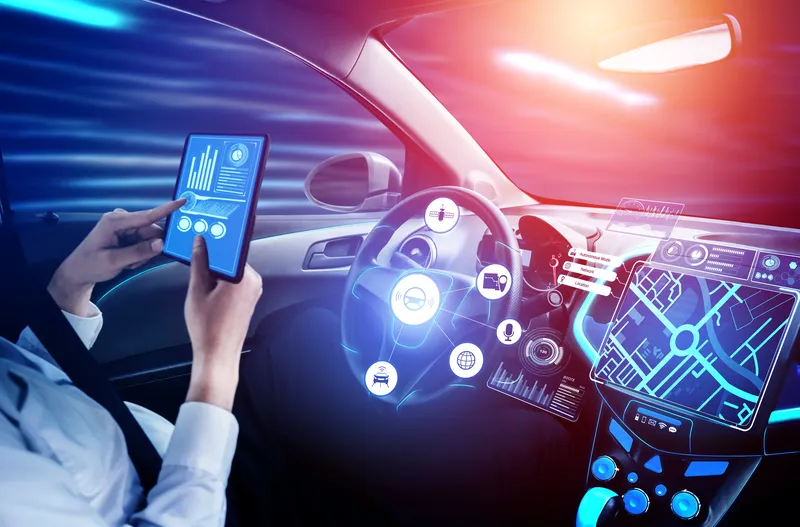ITS (UK) has developed a ‘Scale of connections for co-operation of connected vehicles’ to help people understand how connected their vehicles are.
It mirrors the existing scale for automated vehicles, the
“Currently all vehicles are at Level A, and with a smartphone they can get to C,” explains Andy Graham, chair of the C/AV Forum.
“Level D would take the services many of us work on today in research and demonstrations and make them more widely available and used, as the first step “connected roads ready” allied to existing communications and vehicles,” he continues.
The scale has been designed to focus on what is possible – rather than on details of the technology. This means that a service is only designated at a particular level when it is widely available – for instance, when an app is published – rather than when it has been tested as part of a research project.
All new vehicles today with connections to head units would be level D, “but the roads and communications are not yet at the level”, Graham points out. “This reflects HD TV rollout when HD TVs became available before HD programmes. Level E vehicles are not yet available, but maybe soon.”
ITS (UK) says the scale will be reviewed ‘periodically’, as Vehicle to Infrastructure (V2I) and Vehicle to Vehicle (V2V) plans develop.
ITS (UK) launches A-F scale for connected vehicles
ITS (UK) has developed a ‘Scale of connections for co-operation of connected vehicles’ to help people understand how connected their vehicles are.
It mirrors the existing scale for automated vehicles, the SAE international standard, which goes from Level 1 (driver assistance required) to Level 5 (fully autonomous). The ITS (UK) scale, developed by the group’s Connected and Automated Vehicles (C/AV) Forum and supported by the Department for Transport and Highways England, uses letters instead.
“Currently a
April 12, 2019
Read time: 2 mins









